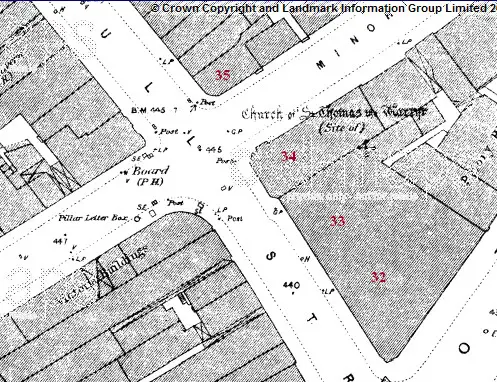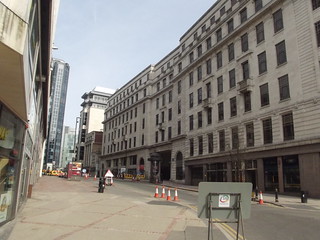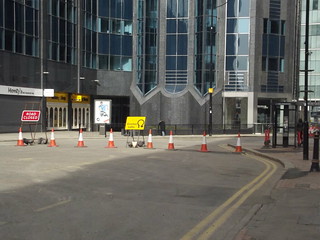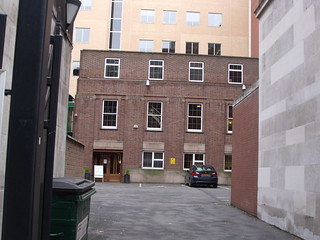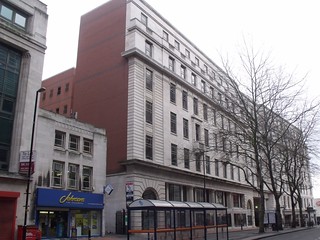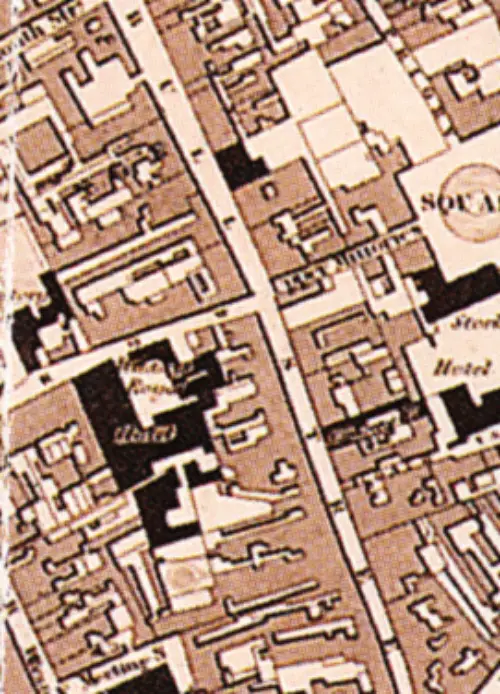Re the Bull Street Tokens.
This is from
https://en.wikipedia.org/wiki/Token_coin
Trade tokens or barter tokens
From the 17th to the early 19th century in the British Isles and North America these were commonly issued by merchants in times of acute shortage of coins of the state to enable trading activities to proceed. The token was in effect a pledge redeemable in goods but not necessarily for currency. These tokens never received official sanction from government but were accepted and circulated quite widely.
In England the production of copper farthings was permitted by royal license in the first few decades of the 17th century, but production ceased during the English Civil War and a great shortage of small change resulted. This shortage was felt more keenly because of the rapid growth of trade in the towns and cities, and this in turn prompted both local authorities and merchants to issue tokens.
These tokens were most commonly made of copper or brass, but pewter, lead and occasionally leather tokens are also found. Most were not given a specific denomination and were intended to pass as farthings, but there are also a large number of halfpenny and sometimes penny tokens. Halfpenny and penny tokens usually, but not always, bear the denomination on their face.
Most such tokens indicate the name of their issuer, which might either be his or her full name or initials. Where initials were provided it was common practice to provide three, one for the surname and the other two for the first names of husband and wife. Tokens would also normally indicate the merchant establishment concerned, either by name or by picture. Most were round, but they are also found in square, heart or octagonal shapes.
Thousands of towns and merchants issued these tokens between 1648 and 1672, when official production of farthings resumed and private production was suppressed.
Another period of coin shortage occurred in the late 18th century, when the British Royal Mint almost ceased production. Merchants once again produced tokens, but they were now machine made and typically larger than their 17th century predecessors with values of a halfpenny or more. While many were used in trade, they were also produced for advertising and political purposes, and some series were produced for the primary purpose of sale to collectors. These tokens are usually known as "Conder" tokens, after the writer of the first reference book on them.
These were issued by merchants in payment for goods with the agreement that they will be redeemed in goods to an equivalent value at the merchants' own outlets. The transaction is therefore one of barter, with the tokens playing a role of convenience, allowing the seller to receive his goods at a rate and time convenient to himself and the merchant to tie the holder of the token coin to his shop. Trade tokens often change slowly and subtly into barter tokens over time, as evidenced by the continued circulation of former trade tokens when the need for their use had passed.







